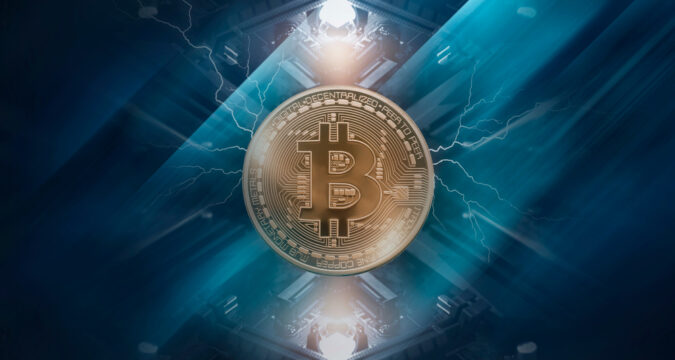
Web3 has been dominated by Bitcoin Ordinals due to their meteoric ascent. Over ten million Ordinals have already been created, and this figure is continually on the rise. Despite this large volume, nevertheless, many people still lack knowledge about where to get or how to make Ordinals.
If you’re curious to learn about this amazing new phenomenon and how it works, this guide will answer all your questions. Hence, keep reading!
What is a Bitcoin Ordinal?
In January 2023, the notion of Bitcoin Ordinals was announced, which made it possible to create Bitcoin-based non-fungible tokens or NFTs. These function as electronic inscriptions because they allow data to be attached to and preserved on the Bitcoin blockchain. Ordinals are created by adding data to Bitcoin’s most tiny piece of currency, the satoshi.
To do this, programmers use taproot scripted paths as collectors for the inscribed data. Ordinals were built from the ground up to be generated and kept on the Bitcoin blockchain, contrasting conventional NFTs, which are more often connected with Ethereum, Solana, and BNB Chain.
With the addition of ordinals, digital currency made up of Bitcoins may be used for more than just transferring money. They pave the way for the storage and trading of non-fungible tokens (NFTs) on the Bitcoin blockchain that include individual information like photos, music, video, or text.
The Ordinals initiative is a novel attempt to incorporate NFTs into the Bitcoin environment, despite the fact that their acceptance has been sluggish due to Bitcoin’s decentralized infrastructure and conservative attitude to code updates.
What is the Difference Between Ordinals and NFTs?
There are a number of key distinctions between ordinals and NFTs. Both are examples of technological assets, yet they serve distinct functions and have different qualities.
NFTs are issued and exchanged largely inside blockchains like Ethereum, Solana, and BNB Chain. Ordinals, on the other hand, are BTC-based NFTs that have been built from the ground up for the Bitcoin network.
Moreover, Ordinals are created by writing knowledge onto particular satoshis. This is done using taproot scripted path expenditure programs. Unlike conventional NFTs, whose construction often entails tying information to a particular token ID inside a smart contract, these programming languages serve as enclosures for the inscription information.
Advantages And Disadvantages of Bitcoin Ordinals
There are a number of pros and downsides to using Ordinals that you should think about.
Ordinals are an improvement since they enable more applications on the Bitcoin infrastructure. Ordinals expand the blockchain’s potential by allowing the production and maintenance of NFTs depending on Bitcoin. This allows performers, manufacturers, and enthusiasts already acquainted with Bitcoin to engage more easily in the NFT environment.
Ordinals may also help ensure Bitcoin’s continued safety. Ordinals use pre-existing Bitcoin network technologies to safeguard the blockchain by writing inscriptions as taproot script-path spend scripts. Consumers may feel more comfortable transacting with Ordinals because of the platform’s apparent commitment to Bitcoin’s privacy measures.
Nevertheless, it’s important to think about the possible downsides as well. The rising cost of using the network as a consequence of increased demand for block space is a major issue.
Increases in transaction costs might reduce the attractiveness of utilizing Ordinals since they compete with conventional Bitcoin transactions for scarce block capacity. Complications may arise, particularly for those in the NFT field on smaller numbers which are more likely to be affected by costs associated with transactions.
Future of Bitcoin Ordinals
The introduction of Ordinals as a potential new application layer for the digital currency powered by Bitcoin has generated both enthusiasm and debate among Bitcoin and cryptocurrency enthusiasts. Some people prefer keeping Bitcoin as it is, with only the ability to move wealth between people, whereas other individuals want to see it evolve to include additional capabilities like Ordinals.
Nevertheless, the Ordinals initiative unquestionably introduces innovations to the Bitcoin sector and paves the path for additional study and developments within the framework.




